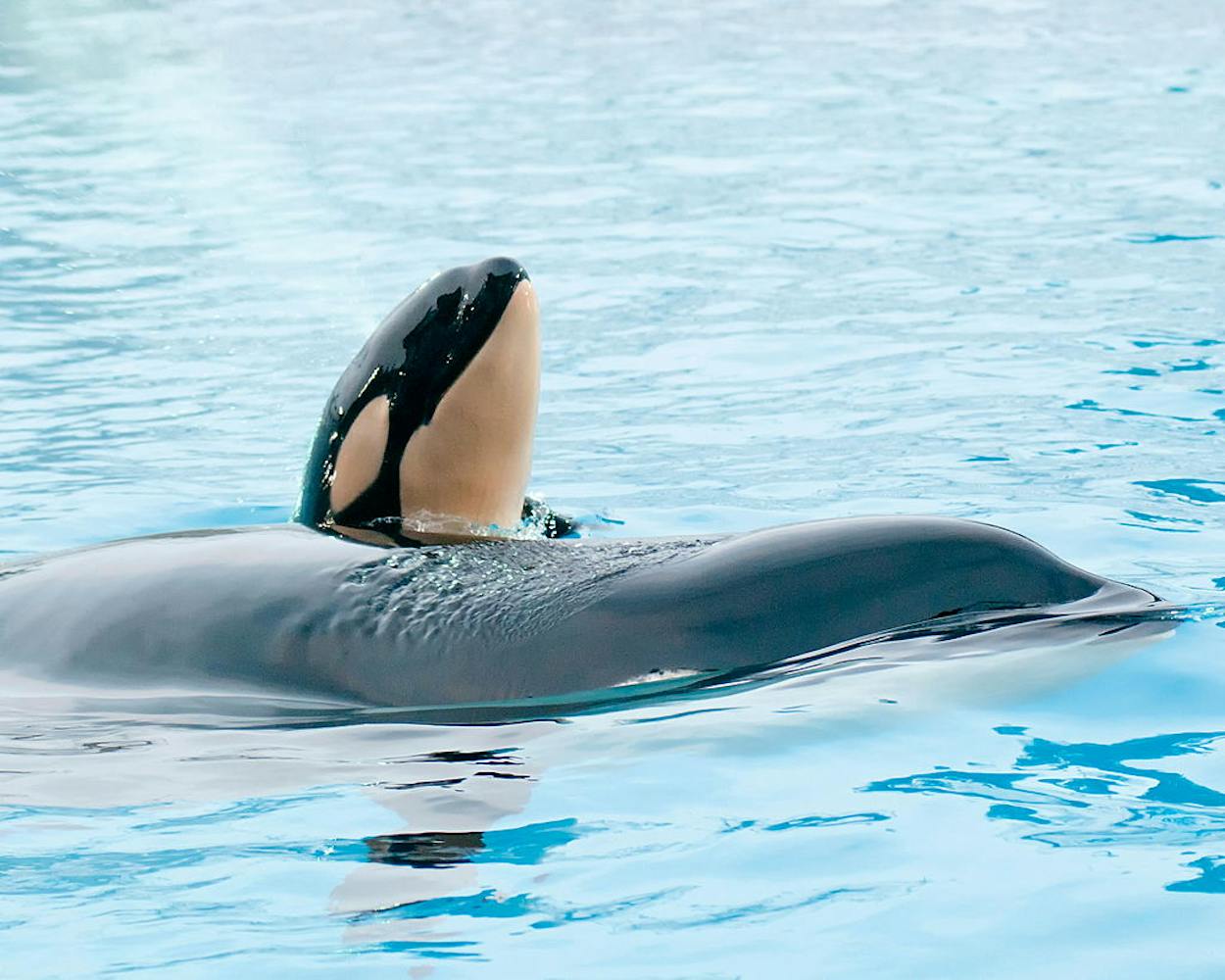Eventually, there’ll be no orca whales at SeaWorld.
That would have been unthinkable a few years ago. The company’s branding has long been built around the iconic black and white sea mammals, “Shamu,” and the opportunity to watch massive creatures perform tricks with their trainers. But since the release of 2013’s Blackfish—a documentary that shed light on the life of one of the killer whales at SeaWorld—public sentiment around the idea of seeing the intelligent, family-oriented animals has turned sharply.
SeaWorld initially responded to the Blackfish controversy with defiance. The company launched a PR campaign attacking the film, describing it as “propaganda, not a documentary,” refuting its sources, and describing it as “false” and “emotionally manipulative.” A website started by the company specifically as a reaction to the film attacked “animal rights activists” and defended the company’s treatment of the animals.
The markets were not convinced by SeaWorld’s arguments. The day Blackfish debuted in the U.S., the company’s stock sold for $38.30 a share. A little more than a month later, it had dropped to under $30. It would never again break $35, and within a year, it was a sub-$20 stock. On Monday, the shares fell 6 percent to just under $15. This came three days after the company revealed that there had been two federal investigations into public statements and trading in the company’s securities related to the documentary.
Monday was also the day that Kyara, a three-month-old orca born in captivity under SeaWorld’s breeding program, died at the company’s San Antonio facility. Kyara was being treated for an infection last weekend, according to SeaWorld, but no specific cause of death has been determined. The company said in a statement that it believes the calf suffered from pneumonia.
Kyara was the last orca to be born in captivity at SeaWorld after the company, pressured by animal rights activists, agreed to end its breeding program in March 2016 (gestation for orcas can take as long as 18 months). Earlier this year, the company announced that it would phase out the marquee orca theatrical shows at the parks by 2019. That means that the 22 orcas at SeaWorld San Antonio, Orlando, and San Diego will remain in a non-performing capacity for the rest of their lives—introducing them to the wild, after a lifetime of living in a controlled environment, isn’t viable. That’s a long-term commitment for a company caring for animals that have lifespans nearly as long as humans’ (though the lifespan of a captive orca, according to the Animal Welfare Institute, is 2.5 times shorter than one in the wild).
SeaWorld now focuses more on things like Wave Breaker: The Rescue Coaster, which opened in San Antonio this summer—attractions that are built around animal-themed experiences (that one features a jet ski-like car resembling the equipment an animal rescue team would use), rather than attracting visitors with direct animal-based entertainment. The dolphins and sea lion shows, for now, are still there—though CEO Joel Manby told USA Today last fall that they’re reassessing all of their animal shows—but the opportunities to see the orcas will come in the form of more natural, educational-style encounters. But Kyara won’t be a part of it.








